Family photography dates back to the first appearance of cameras. People want to immortalize their families and relatives for posterity, for record purpose, to create a keepsake, a token of love hanging in the home.
‘The best thing about a picture is that it never changes, even when the people in it do.’
Andy Warhol
Your goal and responsibility, as a photographer, is to show the bond, the uniqueness of each family and freeze it in time.
With essential tips and suggestions to create good family photos, this article will help both professional photographers and their clients to get the most out of a family photography session.
How to Prepare for a Family Photography Session
From choosing a location to right outfits, a lot should happen before you start clicking the shutter button.
Let’s go through the preparations…
Get to Know the Family You Are Photographing
Take the time to find out if this family has a ‘thing’. Are they hockey fans? Are they music lovers? How old are the kids?
It is always worth figuring out those little things ahead of a shoot. It is so easy to create a unique image that has meaning to them. Keep the dialogue open, from booking to shoot. It will help you make it more special.

Choose the Right Outfits
It may seem like a trivial point to some, especially if you are like me and do not pay particular attention to fashion and trends. But believe me, when I say, it can make or break a family shot. A family’s choice of clothing creates or can affect the overall harmony.

Here are the tips I give all my clients for a ‘current’ outfit selection.
Choose 2-3 tones to thread through the family
Example: A family of four, with parents, one daughter, and one son could use tones this way:
- Dad wears dark blue denim, a navy zip-up sweater, brown shoes and belt and a plaid scarf with shades on each
- Mom wears different shades of denim with high brown boots a maroon dress top with cream necklace
- daughter wears a blue dress with a brown leather jacket and blue shoes
- son wears khakis and a brown shirt with a denim jacket

Dress Comfortably
It might seem obvious but most people will want to go all out for a special family shot. More often than not, they will overdress.
Which makes them uncomfortable, especially kids. Just make sure they dress to THEIR comfort level, and in a style that works with the chosen location (see below).

Avoid Distractive Logos/Colors in Clothing
I usually recommend people to stay from bold tones, prints, and logos. The reason is simple, it takes the viewer’s interest away from the faces. And the family faces are really what we are here for.
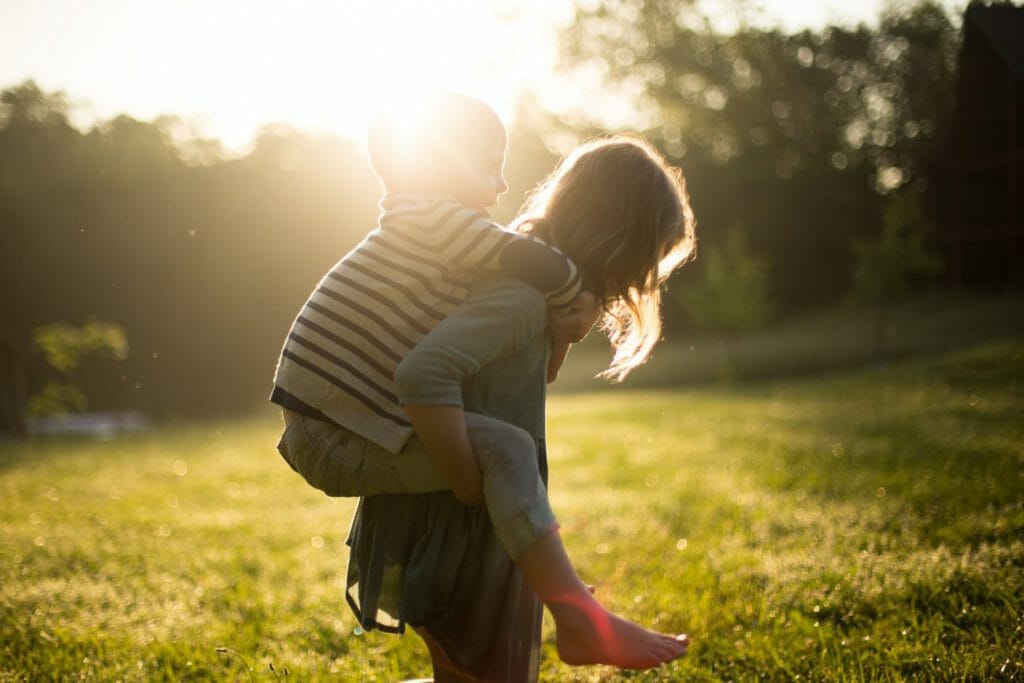
Match Your Clothing with the Background
Take the backdrop into consideration in the choice of clothes, color, and style-wise. Orange tones during foliage might be a bit much. However, blues or greys with small brown details create a nice contrast.
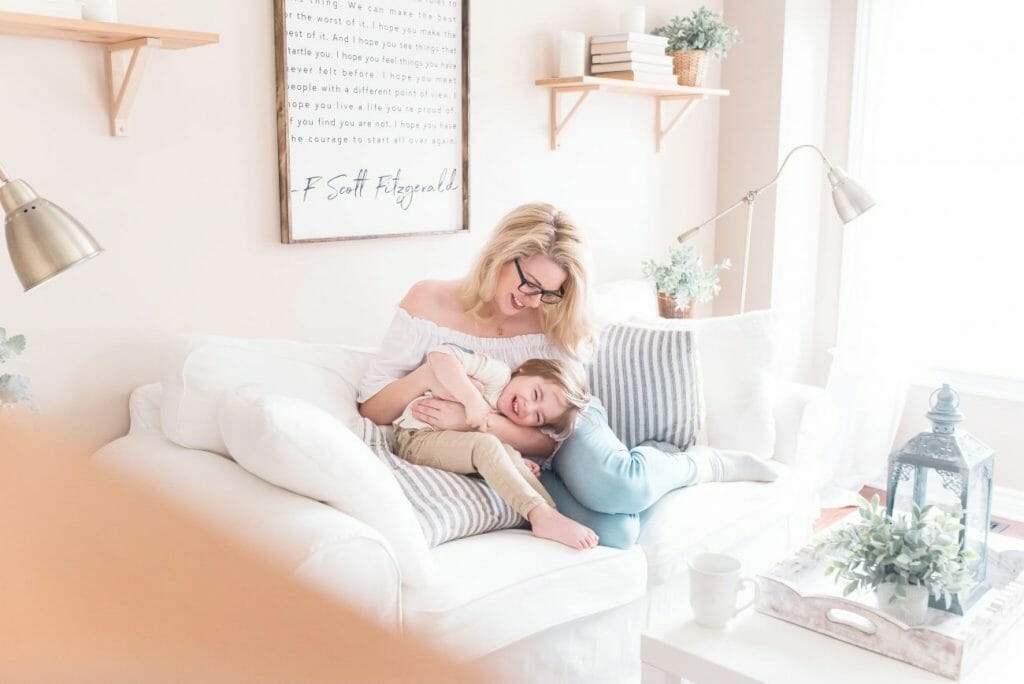
Decide on the Accessories
Accessories are your best friends to harmonize the tones and frame faces. Hats, scarves, boots, necklaces, headbands, are the details that make the difference between a good shot and a great shot. It is the attention to details.
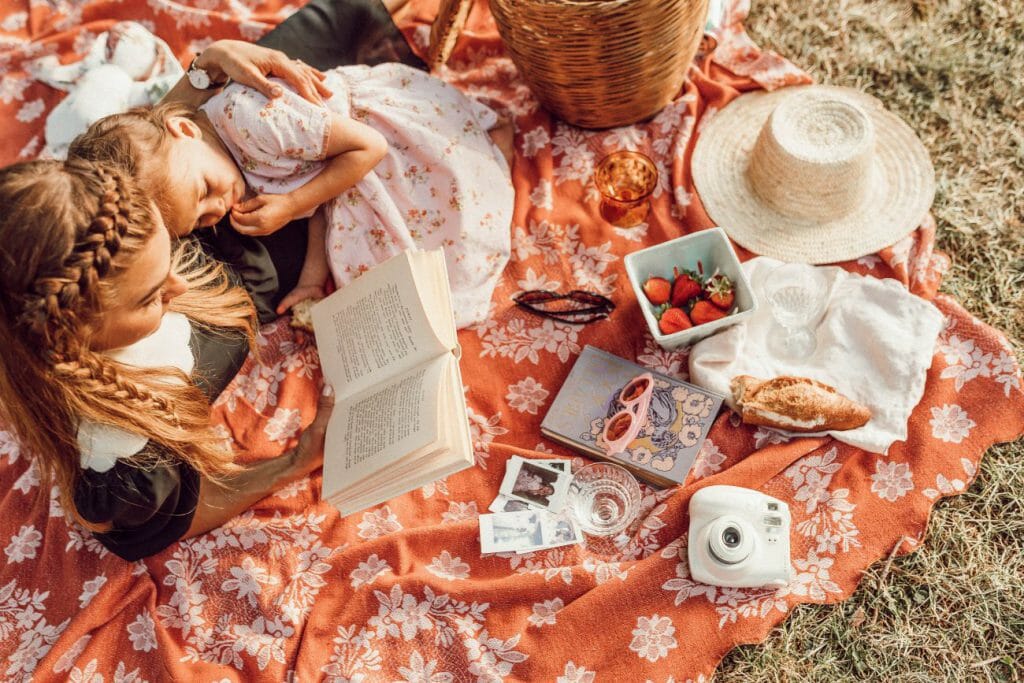
Select the Right Location for the Shoot
Taking the time to select the proper location for a family is fundamental. As a photographer, you should spend time scouting for various shooting locations. Over the years, you’ll build a ‘repertoire’ of locations ranging from green to gritty, and usable at different hours of the day or seasons in your area.
Also, check if the family has a specific location in mind. Each family has its own history and special places. A family farm, their new home, a park they love. Offering to shoot at their location of choice makes an image more meaningful.
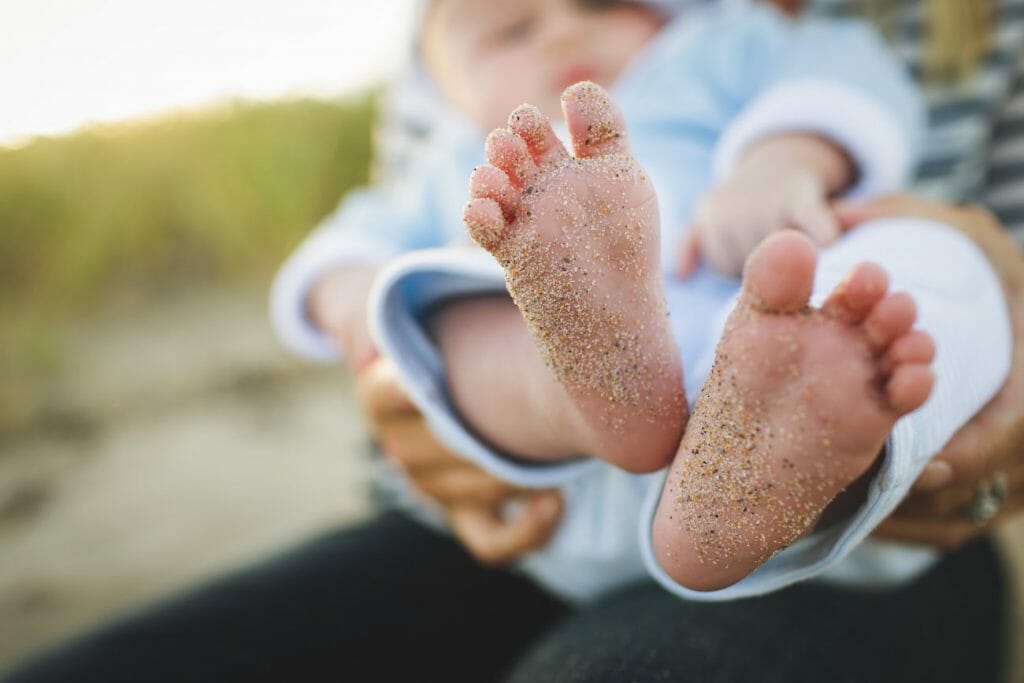
Gear and Camera Settings for Family Photography
From dreamy bokeh to action shots, family photography gives you a lot of creative opportunities. To take advantage of that, however, you need to be familiar with your camera settings.
Best Aperture Settings for Family Photography
The aperture depends on how deep you want your focus plane to be. If you have a lot of family members in several rows, you should aim for a decent depth of field (DOF).
As a rule of thumb:
- If you manage to create a composition of all members of the family in one line, you can use an aperture of f/3.5 to f/4.5.
- Once you have multiple rows of people, you need to increase your aperture to f/5.6-8
For large groups, you will have to assess how narrow your aperture should be to increase your DoF.
A novice mistake is to use a super-wide aperture like f/1.4 for group family portraits. Doing so will most likely to blur out some members or even parts of your main subject.
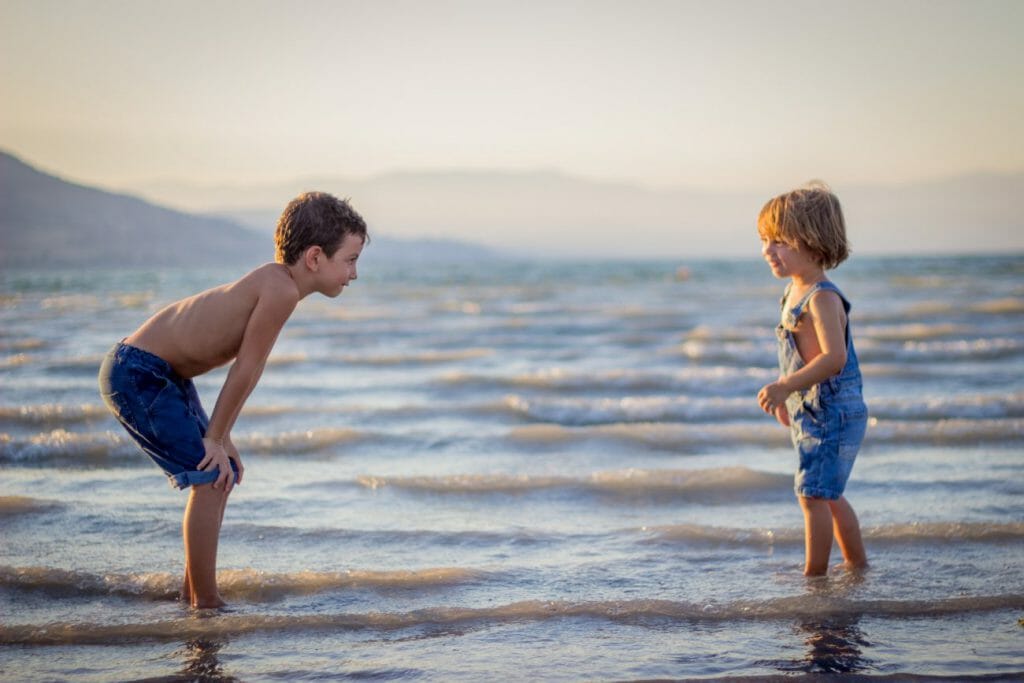
Use a Faster Shutter Speed for Children & Pets
Shutter speed will depend on what you are shooting.
Is everyone sitting or are you going candid, playing, running? If everyone is relatively steady you may be able to go down to 1/125. But I would go much faster for young children (if I wanted to avoid motion blur). Even sitting, they always wiggle and giggle!

If you are taking candid shots of moving people, go 1/200 seconds and above depending on the activity.
Pro Tip: As a rule of thumb, don’t go lower than your focal length. Which means, if you shoot with a 100mm lens, do not use a shutter speed slower than 1/100 seconds.
Use ISO to Your Advantage
In previous sections, we advised you to use a smaller aperture and a faster shutter speed. If you are familiar with the exposure triangle, you will know that doing so will reduce the light reaching your camera’s sensor.
In this case, you can bump up your ISO (your camera’s light sensitivity) to better expose your photos.
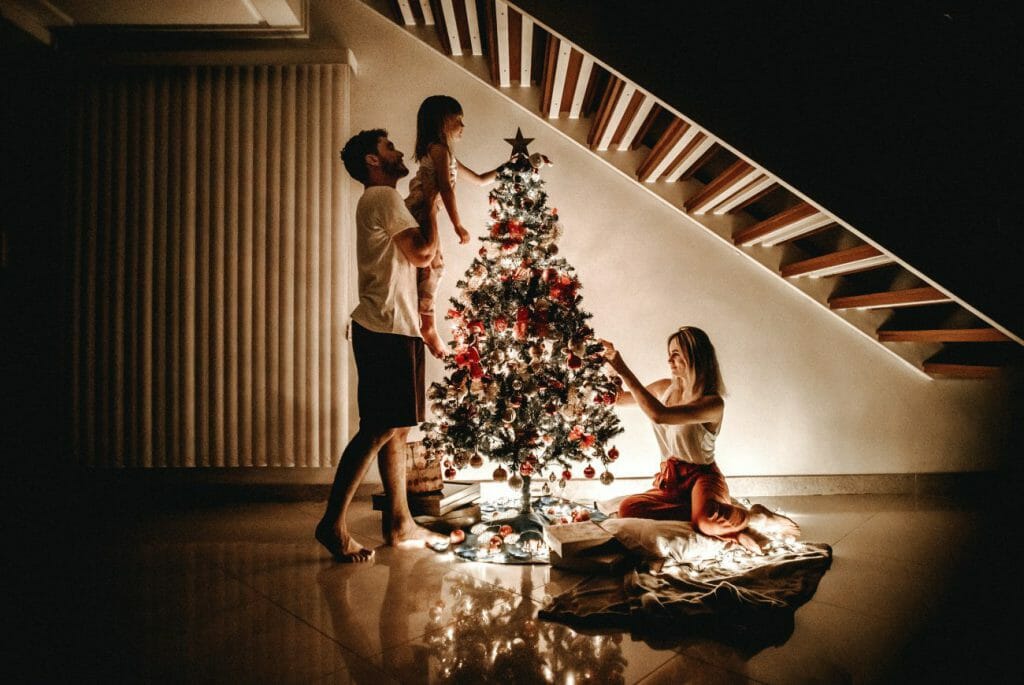
Color or Black and White?
This depends on your artistic style and what the family will want in the end. You can always choose during post-processing. I love using black and white to focus on the special moments, tender or funny. When you lose the colors, the eye immediately focuses on expressions and the essence of the moment, the emotion captured.
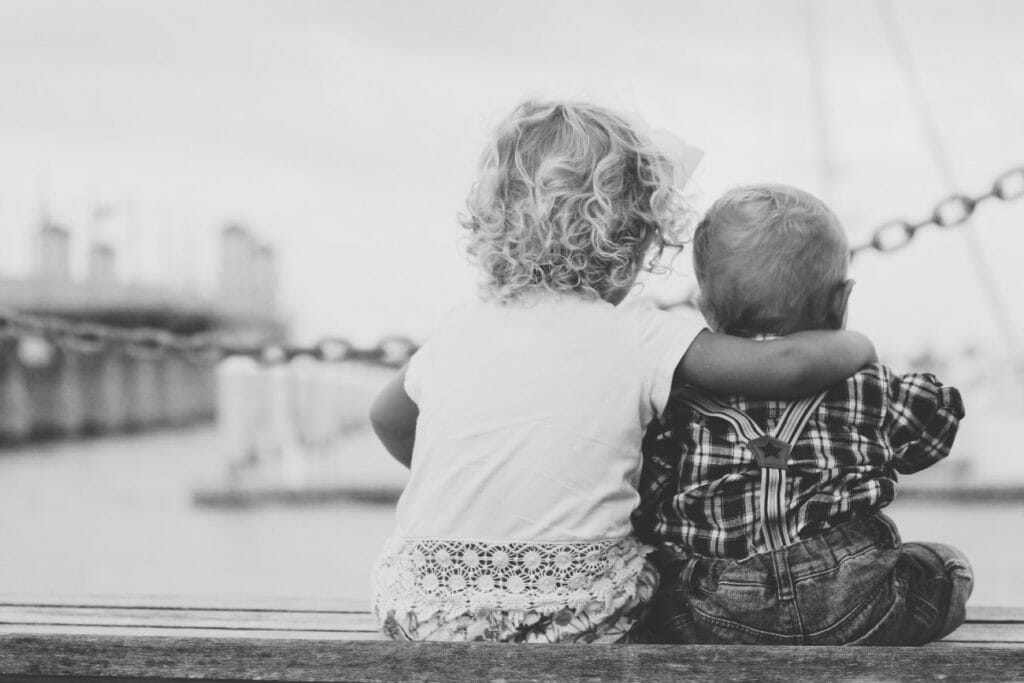
Don’t Be Afraid of Lens Blur
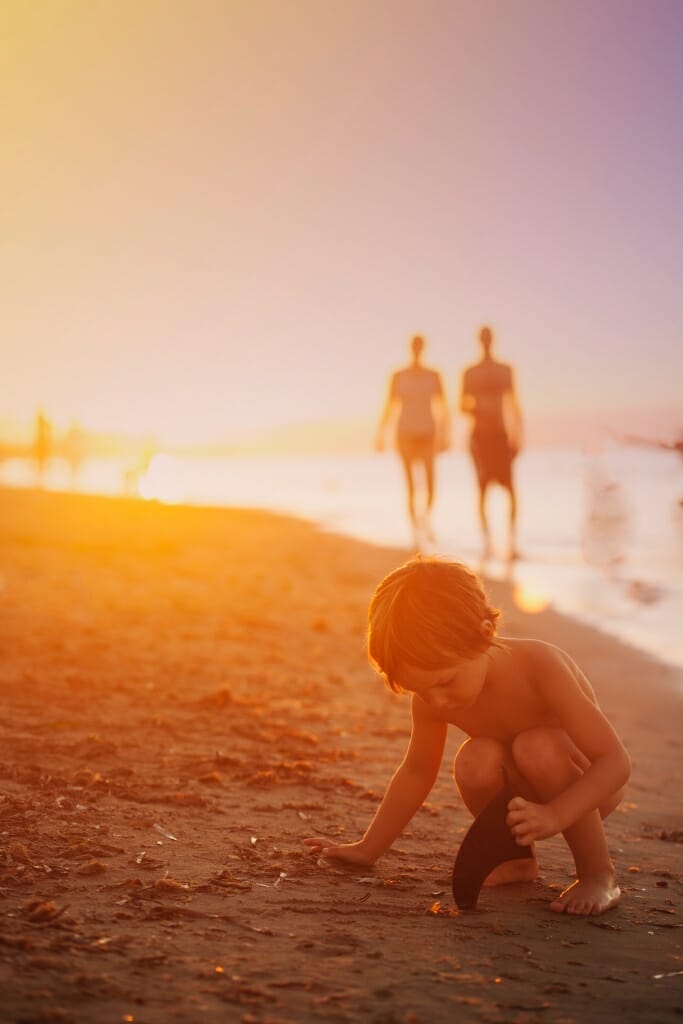
When you have a group shot, and everyone is staring at the camera, it is ‘expected’ to have everyone sharp with their eyes open.
But sometimes you can use a wide aperture to blur out some family members, to make the blur part of the story. For instance, the blurry shape of the parents looking lovingly at their children.
Best Lens for Family Photography
Personally, I would recommend a “trinity set” (3 of your top lenses) covering the most important focal lengths. You could use
- A 16-35mm for large groups and room capture/environment portrait
- An 85mm prime for bokeh portraits
- A 50mm for safety measures (tight space for portraits for example).
If you prefer faster reaction and versatility, you may prefer to use a single zoom. A 24-70mm range should give you plenty of options.
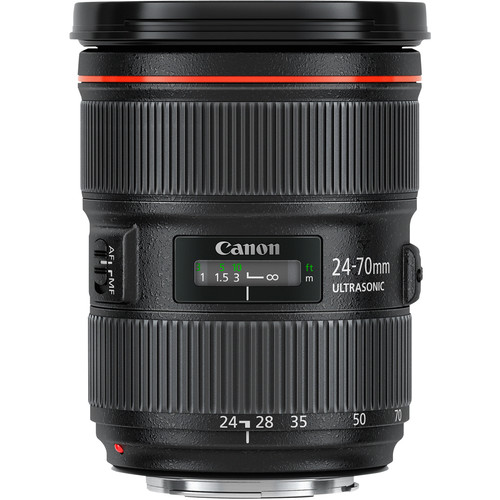
Drop the Tripod for Candid Shots
I would not recommend using a tripod for candid portions or the ‘walkabouts’ sessions. I have done sessions with young children when we would take a walk around a pond to keep it interesting and fun for them. Carrying a lot of equipment in those circumstances is not ideal.
If you must use a tripod, save it for the more staged group shots when you spend time composing. Especially, I would avoid a trip when doing lifestyle indoor photography.
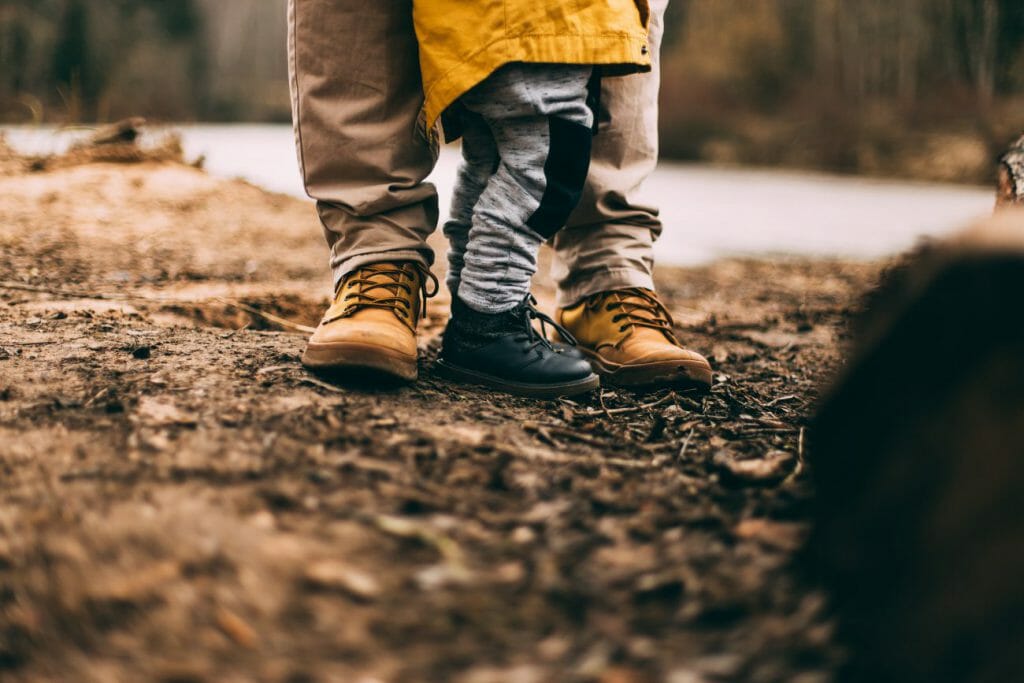
Family photography composition tips
Use The Rule of Thirds
Much like any other photography category, your family photographs need composition. One of the most basic composition tools is the rule of thirds.
If you divide your frame to 3 equal parts–both horizontally and vertically. The rule of thirds says that the human eye is naturally drawn to subjects along those lines and their intersections.
Take advantage of this rule and place your subjects along or intersections of the rule of thirds.
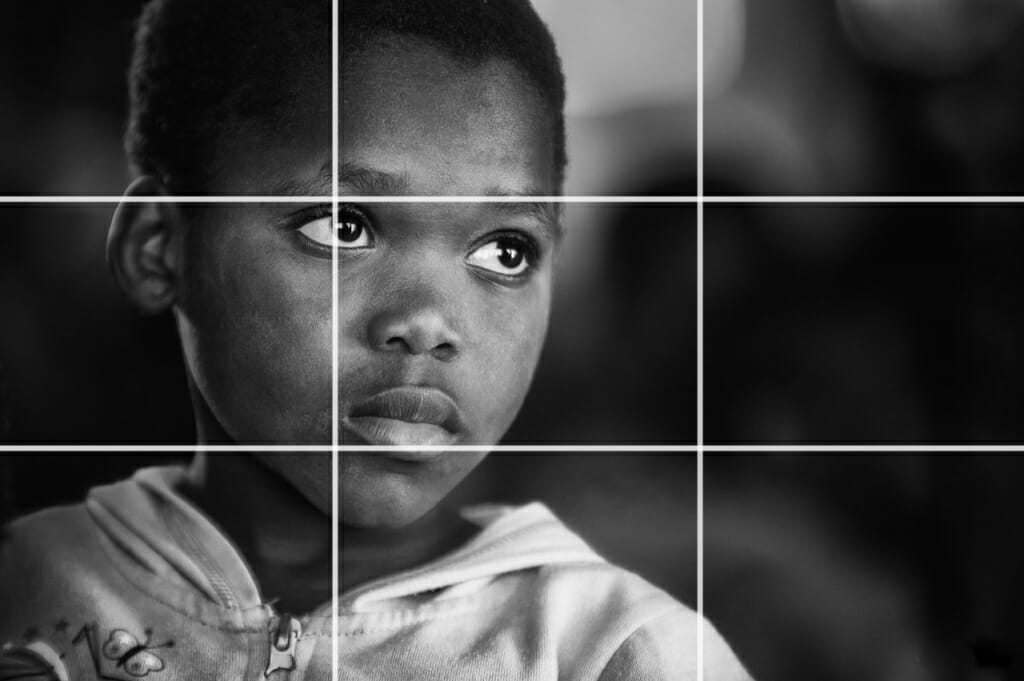
Focus on the Eyes
One of the most important thing in portrait photography, in general, is making sure there is some life in the eyes. We as humans are immediately drawn to the eyes. So it makes sense to make them the focal point of your photograph.
The ‘catch light‘ may be of minimal proportion in your image but has considerable impact. You can obtain catch light with the following:
- Natural Light: the sky and large windows create beautiful catch light.
- Reflectors: Reflectors are the next best thing for the use of natural light, just be aware of their shape and their positioning.
- Speedlight and strobes: Both are very helpful to create catch light.
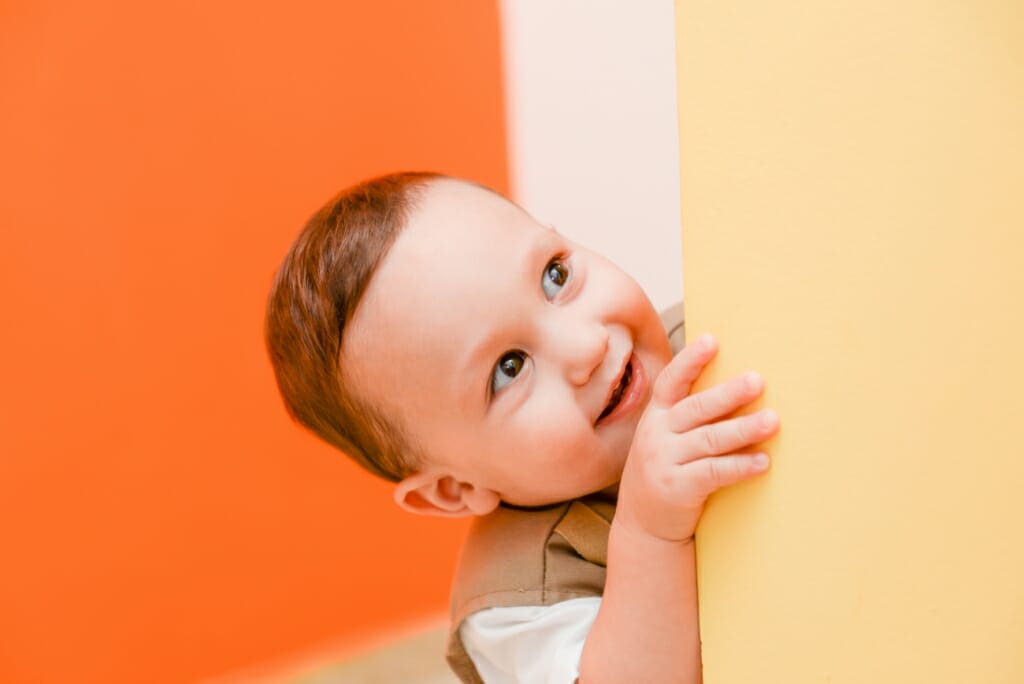
Use Leading Lines
Use leading lines in family portrait photography to draw viewers attention to your subjects.
Plan your shoot with a backdrop that includes leading lines. Then use these to direct the viewer to your subject.
Leading lines can also add depth to your photography or direct the viewer’s eyes as to where to look in your photos.

Use Negative Space
When shooting family, try taking a couple of pictures with negative space.
Negative space helps you emphasis your subjects. Plus, it is visually pleasing since you eliminate visual distractions by using negative space.
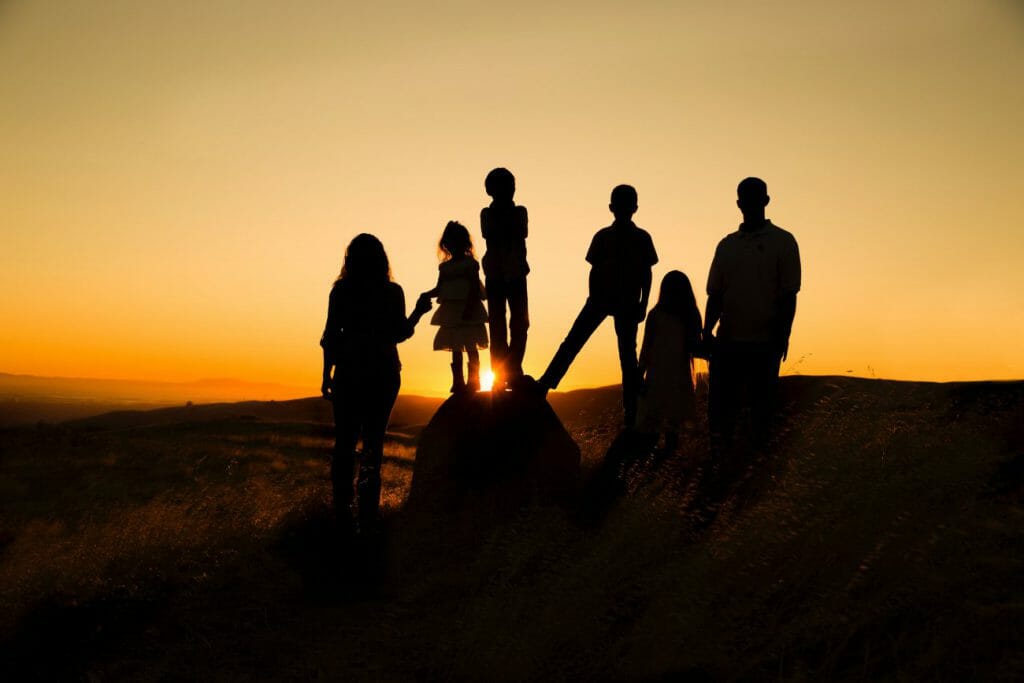
Go for Shadows and Silhouettes
This point circles back to the power of suggestions. The viewer’s eye loves to get involved in the image. Shooting silhouettes and shadows give visual room to complete the story with your own imagination or memories.

Pro Tip: experiment with your camera’s metering modes when creating silhouettes. I find that spot metering on a bright area works like a charm for creating silhouettes.
Family Photography Posing Tips
Create Levels and Connections When Posing
It is easier to line up everyone, tell them to stare at the camera and say cheese. BUT nowadays, you should spend time ‘assembling’, compose your group with different levels, angles, and poses, connecting them with a hand or an arm. Your image will be more complex, interesting and creative.

Create different levels and angles for each individual on the shot. Sitting, one leg propped up, leaning on a wall, elbow on someone’s shoulder.
There are ways to make sure people do not stand stiff and straight next to each other.
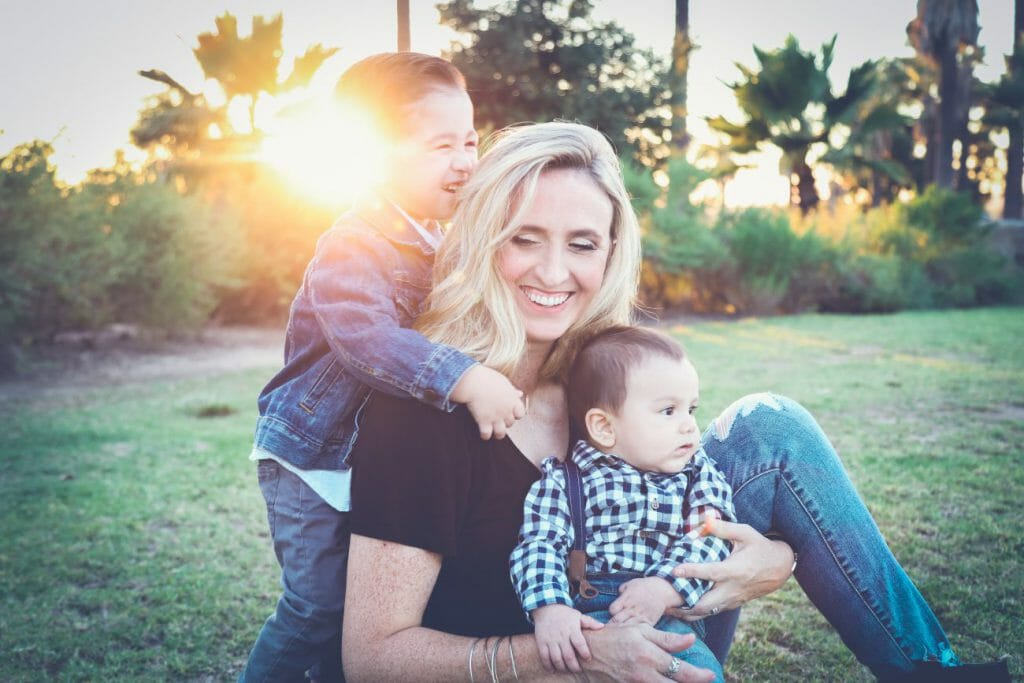
In addition to levels, make sure people connect to each other. Hand holding, back touching, etc.
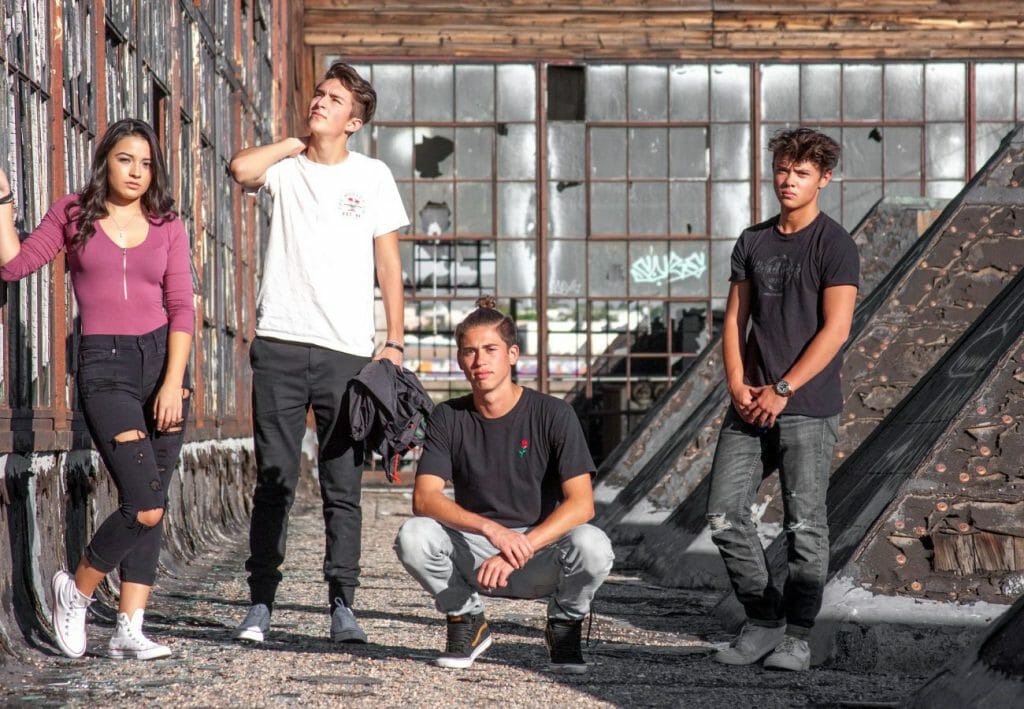
Try to stay away from having everyone staring full frontal into the camera like deer in headlights. Vary everyone’s posing and angles. Much like a painting.
Ask Your Subjects to Move Around

Making your subjects move is the best way to make them loosen up. Not everyone is in for a jump though, so you should have more than one option.
Jump, throw the kids up in the air, twist, sing, dance, tickle, do your best grandpa impression, how do you celebrate a goal, you get the gist.
Related Articles: Kids Photography Tips | Best Camera for Kids
Use the Power of Suggestion

Use suggestion to trigger feelings.
It is important to let the viewer complete the shot with his/her imagination and memories of the moment.
You do not need to show everyone’s face to have a beautiful family image. Leave some room for the story.
Get Messy
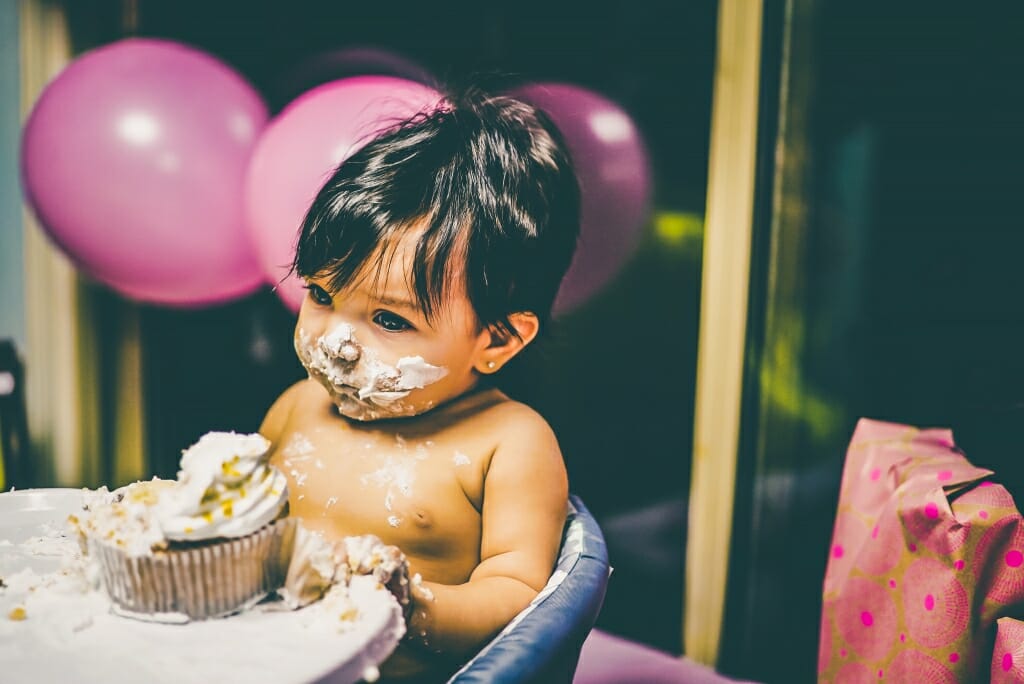
In the past (way way back), taking a family photo was a once in a lifetime event. You wanted to look your best for posterity. Best clothes, take a bath, shave, etc.
It is still a special event today, but make that a yearly event.
A little scruff on dad, the twins covered in paint, having fun with a messy cupcake making session, a water fight or worst, actually make really fun images.
We can always do clean next time!
Make faces
Asking the family to make faces achieves two things, 1) it relaxes them and their facial features 2) it makes hilarious and engaging images.

Pro Tip: I find it is best to avoid asking your clients to say cheese. All it does is create tension on the face and body. It destroys the natural…
Instead, I’d ask everyone to close their eyes and open on the count of 3 or tell them to make a fart face that relaxes the facial muscles and breaks into a laugh (at least a smile) 90% of the time.
Use Their World to Create Memories
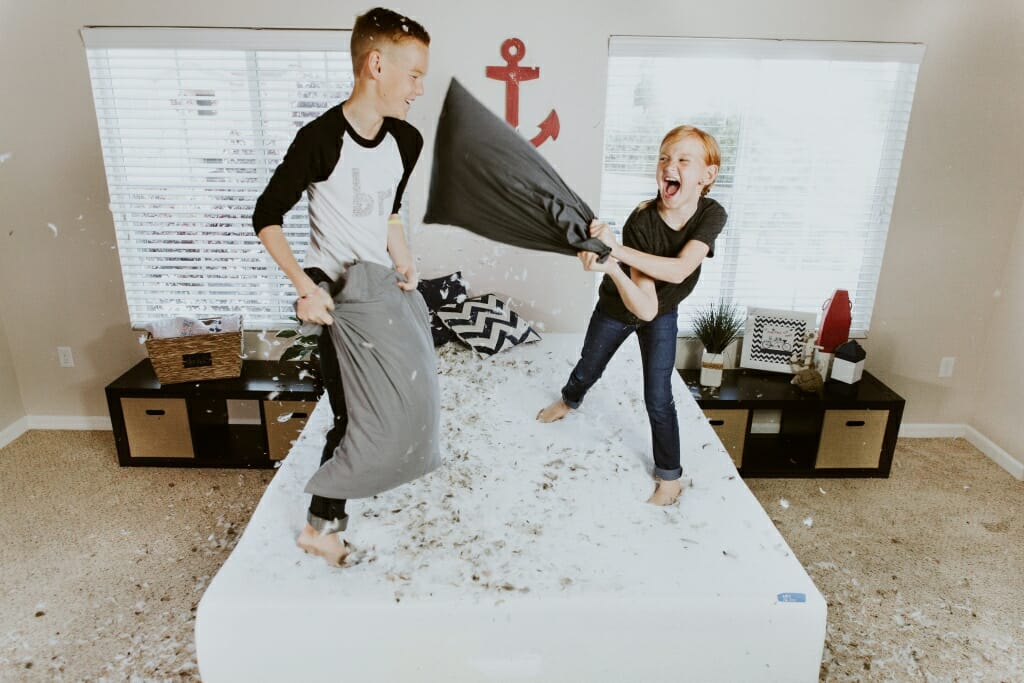
Should you be shooting at a family’s home, using the kids’ bedrooms or the family room adds an element to the story. It documents the wallpaper, beds covers and toys, that were important to them at that point in time. It creates memories.
In the same idea, including a favorite toy or book, sports equipment or musical instrument dear to their hearts, personalizes the shot instantaneously.
A jamming session, reading a book together, playing catch with a specific team jersey outside, are all solid options.
Include the family pet in the family photography session
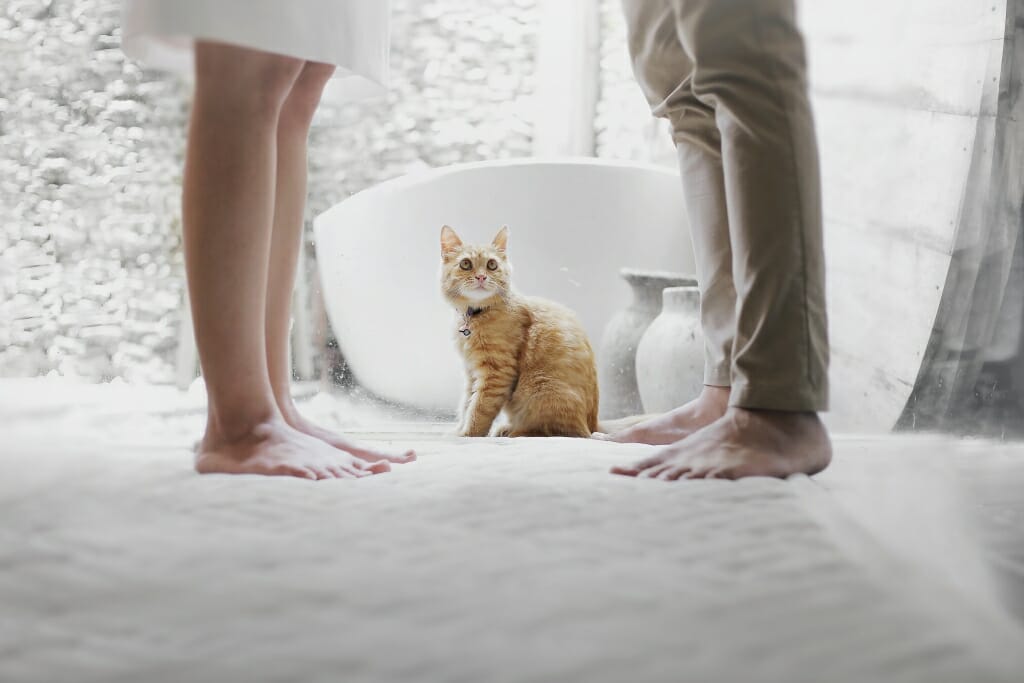
The family pet is very often considered as an extra child. If it is possible to do, include them. Posterity purpose. ‘Awwww, remember Roxy? She was such a good dog.’
Related articles: 17 Dog Photography Tips | Pet Photography Tips
Let Them Be Goofy
Clowning around and having fun, just makes the whole experience more pleasant and relaxing. No one said family portraits have to be sober and conventional. Anything from tickling to dressing up as pirates, from dancing on daddy’s shoes to a full-on food fight. Anything goes, IF it works with their style and personality.
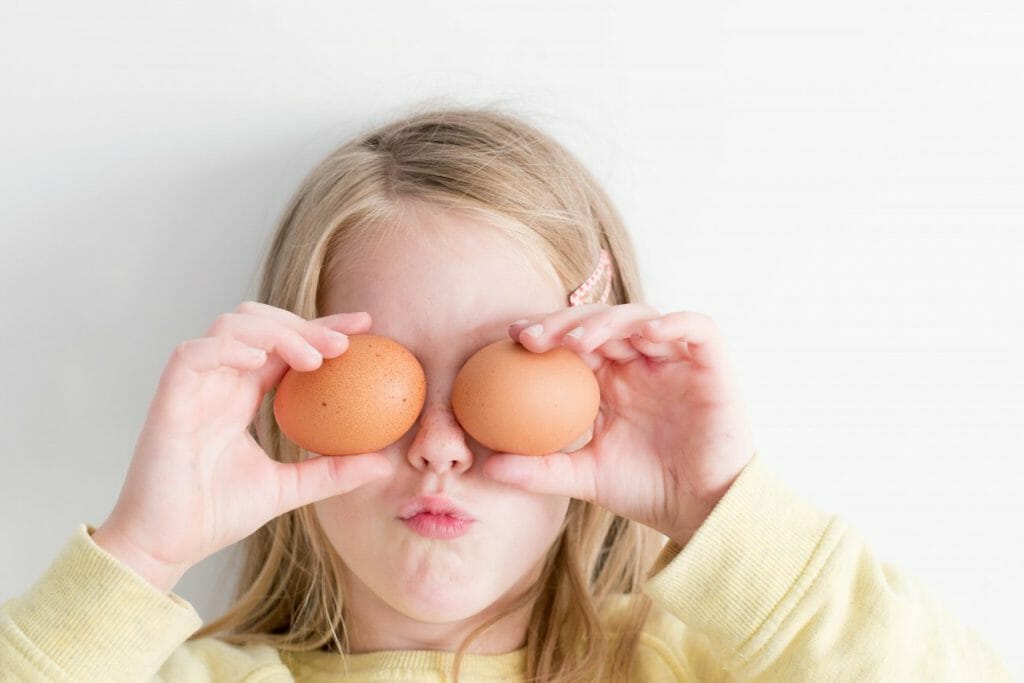
Capture Affectionate Moments

Making the parents lean in for the kiss or kiss each other if they are comfortable with it makes up for either a tender moment or a funny one.
Kissing over baby’s head or while the kids hide their eyes (OMG mom and dad are kissing, uuuugh), a parents kiss on a child’s nose or forehead, can all create a great image.
Hugging also works!
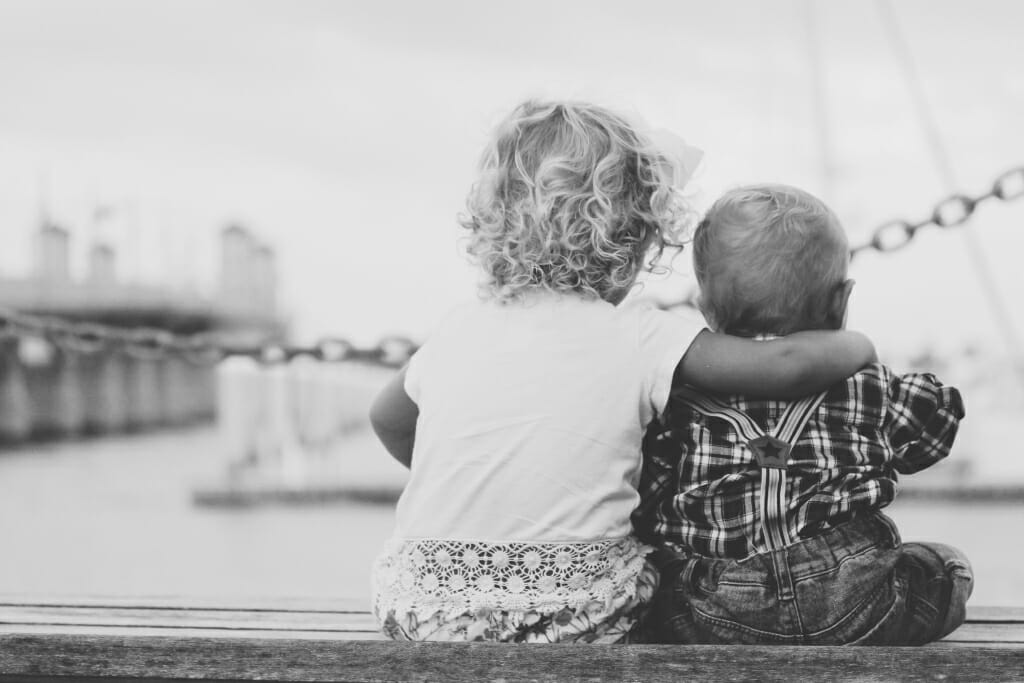
Hugs and staring in each other eyes always works! Here are some other poses that work.
- Kids and dad wrapping mom with a group hug
- A tiny infant in daddy’s arms
- A baby cradled in moms arms
- Nose to nose with mom or dad
- Siblings sharing a hug
Ask Them to Hold Hands
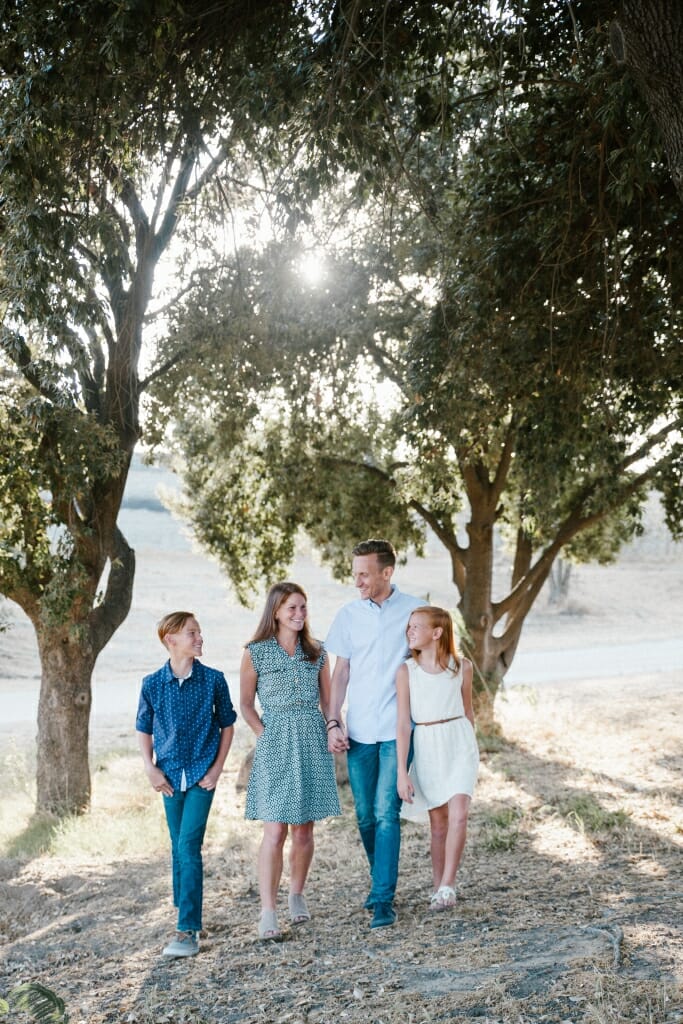
Holding hands while looking at each other or walking away always carries a sweetness element. Whether parents holding a baby’s tiny hand, walking with the children, siblings holding hands while walking away, parent kissing the hand of a child. There are many ways to use this to the image’s advantage.
Let Kids Be Naughty
Prompt the kids to do something naughty (but safe!) such as sneaking behind the parents to surprise them, wrestle, climb the fence, and the likes.
Separating Family Members Also Works
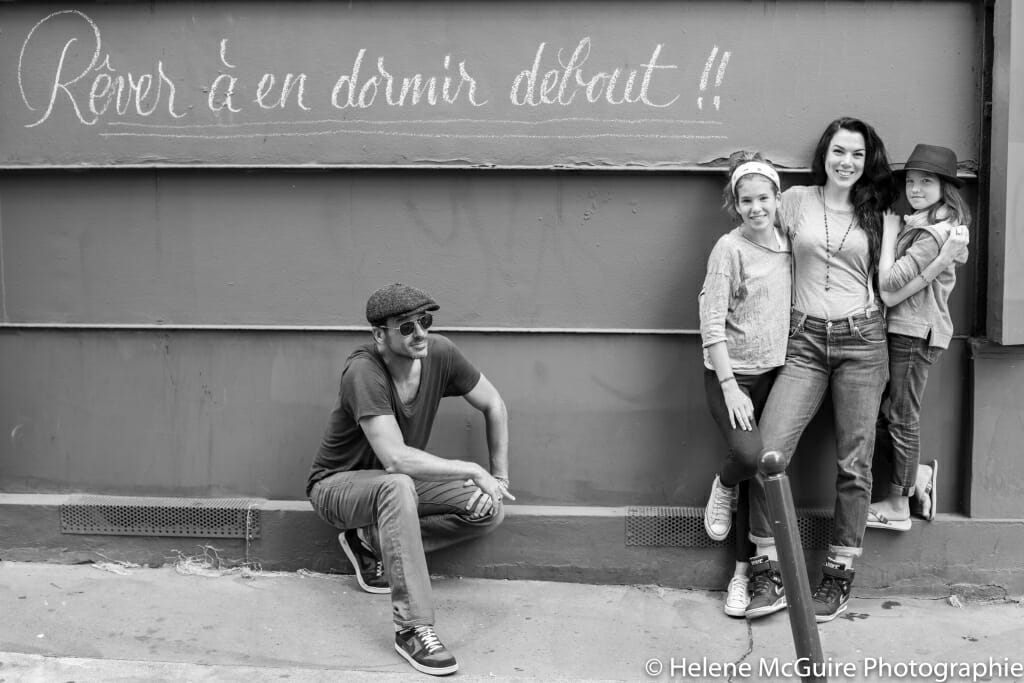
I usually try to connect all the members of a family for a group shot with arms and hands. But I can just as easily choose to isolate a member for the sake of the image dynamic. Dad watching over his girls from the side. Parents blurry in the background while watching the kids (as mentioned above). A child watching his/her siblings.
Use Props (frames, letters, words…etc)

Using props can make your images more interesting. Plus, they can help you pose your clients around them.
An empty frame, a large wood letter of the family’s last name, the words ‘joy’ or ‘love’ on a chalkboard all works.
Close up on details

Take a shot or two that zoom in details, such as hand-holding, kids feet together, one eye with hair in the wind, zoom on an ear while siblings are telling secrets, mouth and hand, daddy’s hand on a child’s hair.
Find a Great Background
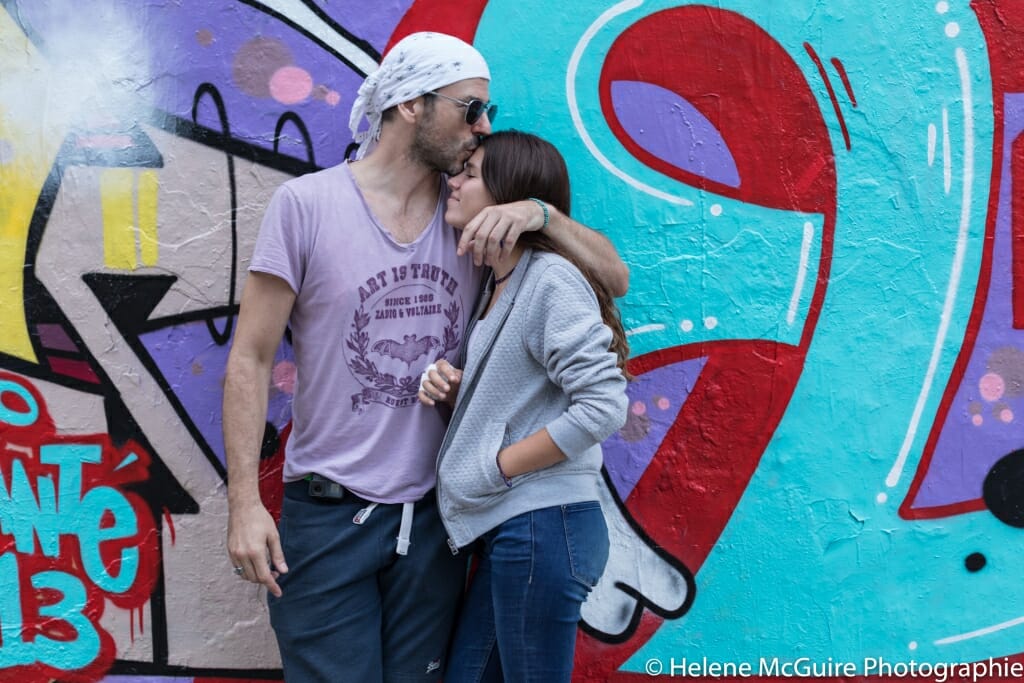
You will be asked to shoot at the park or the family home 75% of the time, but throwing in a fun/gritty wall adds interesting textures.
An old wood fence, a graffiti wall, even a plain concrete or brick wall will create an urban grit, framing the family without taking anything away from them.
Letting them decide a few shots has many benefits. Make it personal to them, giving them a feeling of owning the shoot, turning their mood around.
You won’t lose much more than a few minutes of time by letting them choose a pose or a bench to sit on.
30. Relax and have fun
The family is counting on you to guide them through the session. For many, it is an unusual situation that can make them uncomfortable. They forget to be natural. If you are relaxed and fun, chances are they will be too!
Over to you…
I hope we have shared with you some valuable tips for creating beautiful family photos. We would love to see your sample photos in the comments below.
p.s. if you have a tip you would like to share with the audience, please let us know in the comments.

Disclaimer: Our reviews are based on personal experience and extensive research by qualified photographers. We pride in keeping these reviews unbiased. Products may contain affiliate links from which we earn a small commission without any additional cost to you. Your support funds our research as well as PhotoBlog.com platform.